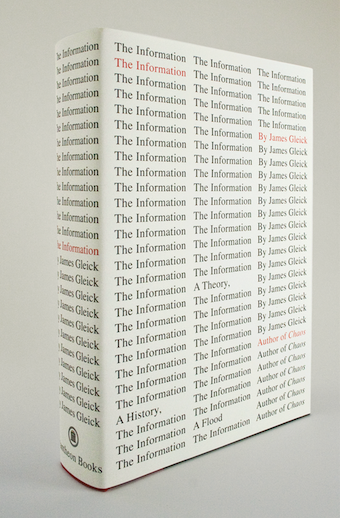From Humanist I just found out that Father Roberto Busa has died. See Stop the reader, Fr. Busa has died in L’Osservatore Romano (English) or Morto padre Busa, è stato il pioniere dell’informatica linguistica from the Corriere del Veneto (Italian). Father Busa was a pioneer in humanities computing who started a project in the 1940s with help from IBM to create a complete concordance of Acquinas. The Index Thomisticus was arguably the first (big) humanities project to benefit from computing methods. For that reason the author of Stop the reader argues that,
If you surf the Internet, you owe it to him and if you use a PC to write emails and documents, you owe it to him. And if you can read this article, you owe it to him, we owe it to him
While it may be an exaggeration to say that we owe hypertext and the web to Father Busa, he was certainly one of the first to use computers to manipulate texts on a large scale. He saw the
Father Busa was also involved in developing the humanities computing field which is why we have named a prize after him. (See ADHO Roberto Busa Award). He wrote articles for journals like CHUM and Literary and Linguistic Computing. He was generous with his time and ideas. He was influential in Italy; others will know more about this. I met him in 1998 at the ACH/ALLC conference in Debrecen, Hungary where he was awarded the first Busa Award. As I speak Italian I was asked to join an executive dinner and had a pleasant evening talking about his ideas about hermeneutical text analysis which he delivered in his Award talk and which were later published in “Picture a Man …” in Literary and Linguistic Computing (14:1, 1999). At the end of his talk he played with the Cinderella metaphor for interpretative text analysis,
Metaphor is a linguistic phenomenon: when the name of one reality is chosen to signify another and different reality, because of some similarity between the two. I in fact applied the name of Cinderella to hermeneutical informatics, the two having in common youth, health, beauty, and poverty. Cinderella eventually got married to a prince. (p. 8)
Busa was a prince or perhaps a Cinderella who has now left the party.



